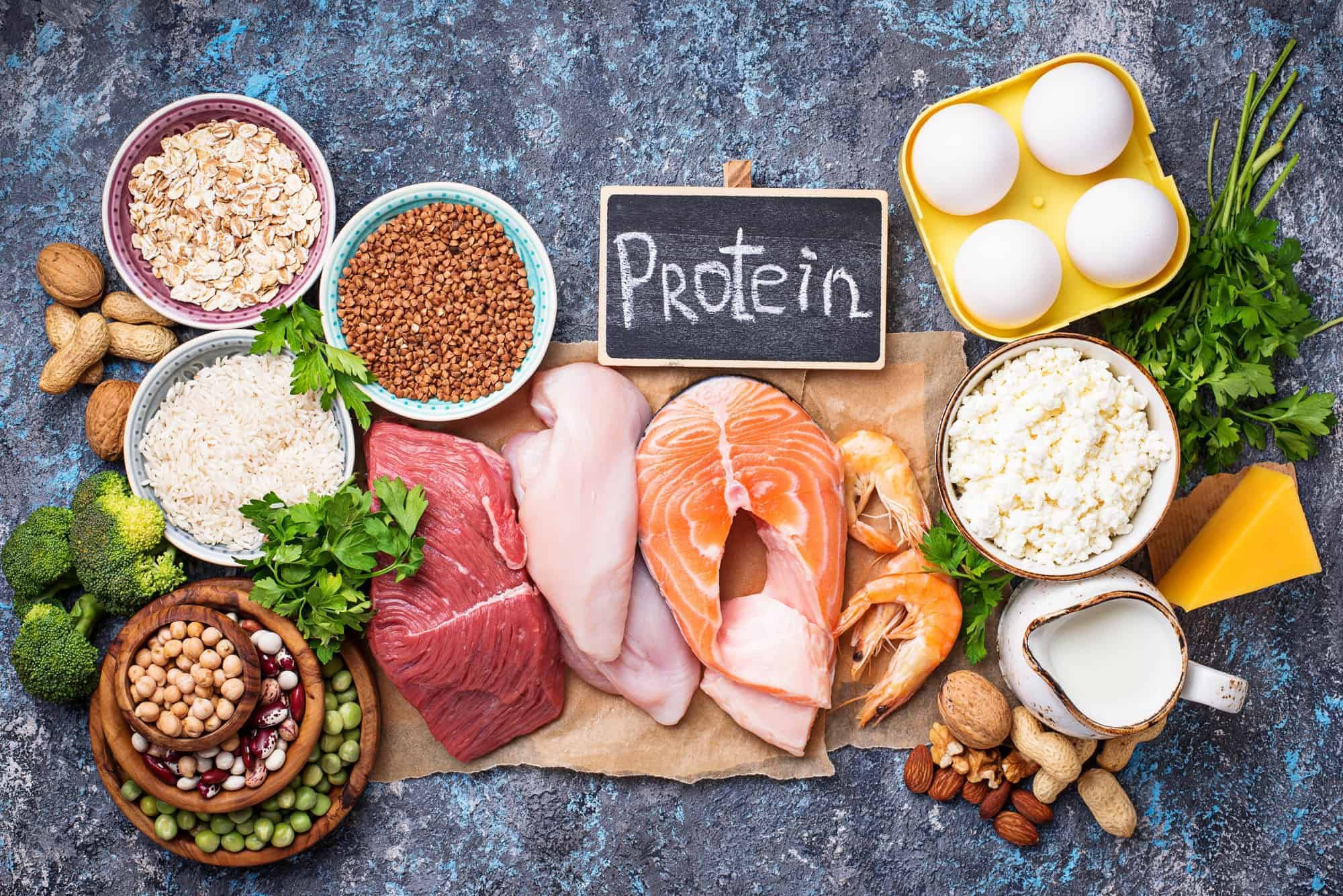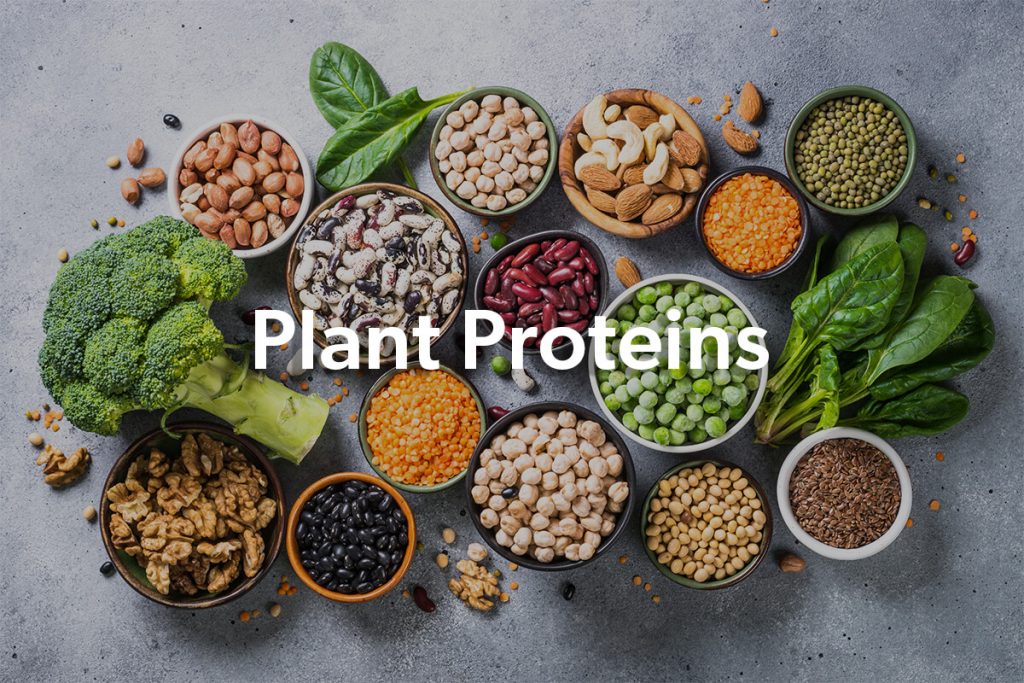Mac and cheese is a classic comfort food that just about everyone loves—kids, adults, and everyone in between. But let’s be real, the traditional version is heavy on carbs and cheese, and not exactly a nutritional powerhouse. That’s where this high protein mac and cheese comes in. It’s the ultimate way to enjoy the creamy, gooey goodness you crave, while also fueling your body with the protein it needs to thrive. Whether you're looking to bulk up, stay full longer, or just eat a little healthier without sacrificing flavor, this version of mac and cheese might be your new go-to.
So here’s the deal: regular mac and cheese gets most of its calories from fat and carbs, and while that’s totally fine for a treat, it’s not exactly the most balanced meal. But when you swap in a few key ingredients—like cottage cheese and high-protein pasta—you can seriously boost the nutritional value without losing any of the comfort. This isn’t some dry, chalky protein powder-laced version that tastes like a post-workout bar. No way. This is the real deal, creamy and satisfying, with over 30 grams of protein per serving.
And the best part? It’s easy to make. You don’t need a bunch of fancy ingredients or hours in the kitchen. Just a handful of simple, whole-food items and about 20 minutes of your time. Whether you're meal prepping for the week, trying to sneak more protein into your kids’ diets, or just looking for a guilt-free way to enjoy a childhood favorite, this high protein mac and cheese checks all the boxes.
- Jk By Chef King
- How Do You Deactivate Your Instagram Account
- Trenton Punk Rock Flea Market
- Jet Avatar The Last Airbender
- Ivy Rehab Physical Therapy
Table of Contents
- What Is Protein Mac and Cheese?
- Why Is It Different From Regular Mac and Cheese?
- How to Make High Protein Mac and Cheese
- Ingredient Breakdown and Why They Matter
- Health Benefits of High Protein Mac and Cheese
- Frequently Asked Questions
What Is Protein Mac and Cheese?
Protein mac and cheese is a healthier twist on the classic dish. Instead of relying solely on regular cheese and pasta, this version uses high-protein ingredients to increase the overall protein content while keeping the flavor rich and satisfying. Think of it as a smart upgrade—like swapping white bread for whole grain, but for your favorite comfort meal.
So how does it work? Well, the main idea is to replace or enhance the traditional cheese sauce with a protein-rich alternative. Cottage cheese is a popular choice here, and for good reason. It’s soft, creamy, and blends well with cheddar to create that familiar cheesy flavor, all while packing in the protein. Pair that with high-fiber pasta (like chickpea pasta), and you’ve got a meal that’s both filling and nutritious.
It’s not just for fitness enthusiasts or bodybuilders either. Protein mac and cheese is great for anyone who wants to eat more balanced meals, especially if they’re trying to stay full longer, manage their weight, or just eat cleaner without feeling deprived.
- Texas Roadhouse Mini Rolls
- San Antonio Pets Alive
- Blue And White Illustrated
- Crystal Bridges Museum Of American Art Photos
- Ucla Mathias Botanical Garden
Why Is It Different From Regular Mac and Cheese?
Traditional mac and cheese gets most of its calories from fat and carbs. Cheese is a decent source of protein, but it’s not exactly lean, and pasta—no matter how you slice it—is mostly carbs. So when you eat a regular bowl of mac and cheese, you’re getting a lot of comfort, but not a ton of nutritional bang for your buck.
Protein mac and cheese flips that script. Instead of relying on just cheese for flavor, it uses cottage cheese to bulk up the protein content. And instead of regular pasta, many recipes call for high-protein, high-fiber alternatives like chickpea pasta or lentil pasta, which offer more nutrients and a slower release of energy.
Another big difference? The texture. You might be thinking, “Cottage cheese? In mac and cheese?!” But trust me—it works. When blended with cheddar and a few other flavor boosters like garlic and onion powder, it creates a silky, rich sauce that’s hard to tell apart from the original. And since it’s naturally lower in fat, you get that same creamy satisfaction without the post-meal sluggishness.
How to Make High Protein Mac and Cheese
Ready to make your own? Here’s a quick and easy recipe that comes together in just a few simple steps. You’ll need six basic ingredients and about 20 minutes of your time. No fancy gadgets or hard-to-find items—just wholesome, real food.
- Bring a pot of salted water to a boil.
- Add your high-protein pasta (like chickpea or lentil pasta) and cook until al dente, about 7 minutes.
- While the pasta cooks, blend cottage cheese, milk, shredded cheddar, garlic powder, onion powder, and a pinch of salt until smooth.
- Drain the pasta and return it to the pot.
- Pour the cheese sauce over the pasta and stir until everything is evenly coated.
- Heat everything together for a few minutes until warmed through, then serve and enjoy!
So simple, right? And if you want to get a little fancy, feel free to add in some steamed broccoli, grilled chicken, or even a sprinkle of nutritional yeast for extra flavor. This recipe is super versatile, so you can tweak it to suit your taste or whatever you’ve got in the fridge.
Ingredient Breakdown and Why They Matter
Let’s take a closer look at each of the key ingredients and what makes them special in this recipe:
- Cottage cheese: This is the secret weapon in our sauce. It’s high in protein, low in fat, and blends beautifully with cheddar to create that rich, creamy texture we all love. Cottage cheese also contains casein, a slow-digesting protein that helps keep you full longer.
- Cheddar cheese: We’re not ditching the real stuff completely. A bit of shredded cheddar adds that classic sharp, cheesy flavor and helps give the sauce that velvety finish. It’s all about balance here.
- High-protein pasta: Whether it’s chickpea, lentil, or quinoa-based, this kind of pasta brings more protein and fiber to the table than regular wheat pasta. It also tends to have a lower glycemic index, which means it won’t spike your blood sugar as much.
- Milk: Helps thin out the sauce and gives it that smooth, pourable texture. You can use any kind you like—dairy or plant-based, low-fat or full-fat.
- Garlic and onion powder: These add depth and complexity to the sauce without overpowering the cheese flavor. They also bring a bit of savory umami that makes the whole thing taste more “grown-up.”
Together, these ingredients create a dish that’s not only high in protein but also rich in flavor and satisfying in texture. It’s a win-win for your taste buds and your health goals.
Health Benefits of High Protein Mac and Cheese
So why bother with a protein-packed version of mac and cheese? Well, for starters, protein is super important for your body. It helps build and repair tissues, keeps you feeling full, and supports muscle growth and maintenance—especially if you’re active or trying to get stronger.
This recipe gives you over 30 grams of protein per serving, which is more than a typical meal replacement bar and way tastier. That kind of protein punch is perfect for post-workout meals, lunch prep, or even dinner when you want something hearty but healthy.
Also, the fiber from the chickpea or lentil pasta helps support digestive health and keeps your blood sugar levels more stable. So you won’t get that crash-and-burn feeling you sometimes get after eating regular pasta dishes.
And let’s not forget, cottage cheese is rich in calcium and B vitamins, especially B12, which is essential for energy production and nervous system health. So you’re not just getting protein—you’re getting a whole range of nutrients that help your body function at its best.
Frequently Asked Questions
Can I make this dairy-free?
Sure can! Use a dairy-free cheese alternative and swap the cottage cheese for a high-protein vegan cheese or silken tofu blended with nutritional yeast. You can also use a plant-based milk like almond or oat milk to keep it creamy.
Can I meal prep this?
You bet. This protein mac and cheese holds up well in the fridge for up to 3–4 days. Just store it in an airtight container and reheat in the microwave or on the stove. You might want to add a splash of milk when reheating to keep the sauce from drying out.
Can I add other ingredients?
Definitely. Some great add-ins include steamed broccoli, sautéed spinach, grilled chicken, or even a fried egg on top. Want to make it more filling? Throw in some black beans or roasted sweet potatoes for extra fiber and nutrients.
If you're interested in more healthy, high-protein recipes, check out our full collection of high-protein meals that are easy to make and packed with flavor. And if you’re curious about how protein affects your body, you can learn more about protein nutrition here.
- Dandadan Draining Okarun Henchan45
- Red And White Shop
- Printemps New York Wall Street New York Ny
- Paris Hilton Malibu Home
- Honolulu Board Of Water Supply



Detail Author:
- Name : Raoul Hackett
- Username : kasandra.mckenzie
- Email : okeefe.rodolfo@brakus.org
- Birthdate : 2002-04-16
- Address : 38515 Bogan Alley West Cedrickburgh, OK 46841-8252
- Phone : 256-203-2935
- Company : Ebert, Lindgren and Kilback
- Job : Medical Equipment Repairer
- Bio : Voluptatum nobis et eum ut. Officia vitae odio corporis qui impedit. Temporibus non et voluptatem corporis.
Socials
twitter:
- url : https://twitter.com/jacques_id
- username : jacques_id
- bio : Non error ut expedita placeat unde. Enim in repellendus magnam. Blanditiis et est ullam. Mollitia laboriosam iure qui modi repellat.
- followers : 5529
- following : 2385
facebook:
- url : https://facebook.com/moen2024
- username : moen2024
- bio : Iure et et sunt ad qui. Itaque earum maxime quia accusamus eos.
- followers : 1917
- following : 1308

